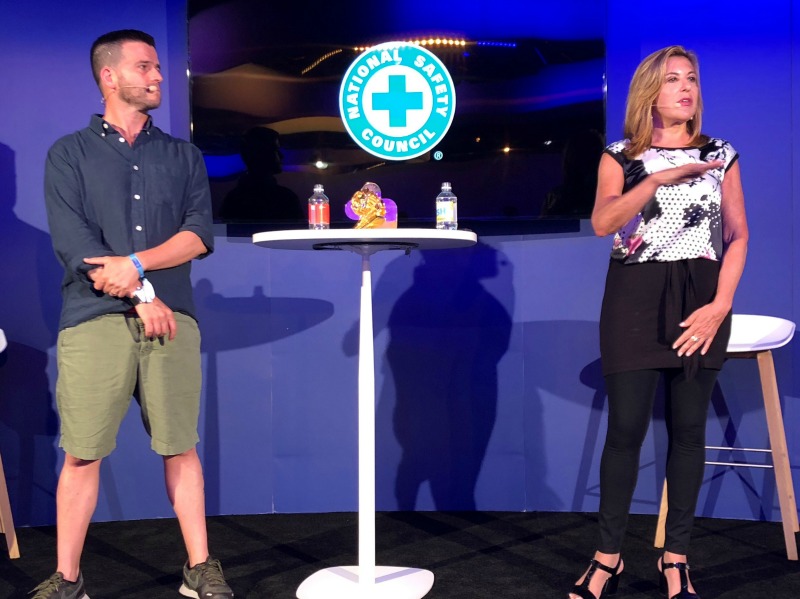Paul Holmes 19 Jun 2018 // 2:13PM GMT

Every 24 minutes someone dies from a prescribed opioid overdose—a statistic that triggered one of the best, and most important, integrated campaigns of the past year, and was the subject of a discussion asking “Can Creative Marketing Help Solve the Opioid Crisis?” hosted by global public relations agency Ketchum at Cannes today.
The campaign began after the National Safety Council began a search for an integrated team to manage a road safety campaign—addressing the third largest cause of preventable death in America. Wondering how to draw more attention to that issue, the team studied the statistics and found that the leading cause of preventable death was opioid abuse.
Karen Strauss, chief strategy and creativity officer at Ketchum, says her firm started with a research project designed to test a hypothesis: that “most Americans who find themselves taking an opioid don’t realize they are taking an opioid.”
The research also found that while 87% of Americans believe opioid overdoses are a national crisis, they aren’t worried about their own risk for addiction, and they are definitely not concerned about the potential abuse of prescriptions. Overdosing was perceived as a problem for someone else, “addicts,” and something done with illegal street drugs, not prescriptions.
The second important insight was that many opioids are over-prescribed—a fact that was driven home to Energy BBDO chief creative officer Andres Ordonez, another member of the creative team. “I went to the medicine closet in my house and there were about 40 or 50 different kinds of pills,” he told the audience. “What happens is the doctor gives you pain killers for any kind of pain, and they should give you five or six, but instead they give you 30, and they stay in the house forever.” In fact, three out of five research respondents had prescription opioids in their own homes.
“People thought that this was something that happened to someone else, to junkies,” said Ordonez. “And they didn’t think it had anything to do with the pills in their cabinets. We needed to educate Americans and make them understand that the threat was sitting in their own medicine cabinets, not out on the streets. We had to put a human face on the victims to help people recognize their own vulnerability,”
The centrepiece of the campaign was experiential, a physical memorial and an elaborate data visualization that helped people see themselves in the crisis. The installation turned data into faces, featuring 22,000 pills, each engraved with the face of someone who died last year from a prescription opioid overdose. A new pill was added to the memorial every 24 minutes. That memorial then traveled to the cities hardest hit by the opioid crisis across the country.
The campaign also created a simple insurance card sticker—a “Warn Me” label—that could prompt people to engage in a conversation with medical professionals. Says Strauss: “We wanted people to know that every time they are prescribed an opiate they have the ability to say no and to ask for something else.”
The campaign garnered 2,455,606,809 earned impressions to date, 12,990,351 video views and a 2,017% increase in shared Facebook impressions, with elements of the campaign targeting different ethnic groups and other key demographics.
“It was important that we reach physicians who were writing these prescriptions, the pharmacists who were filling those prescriptions, consumers, and ultimately lawmakers,” says Strauss. To that end, the memorial visited Washington, DC, for a week, and received considerable support from the Trump administration and both parties.


































.jpg)

















